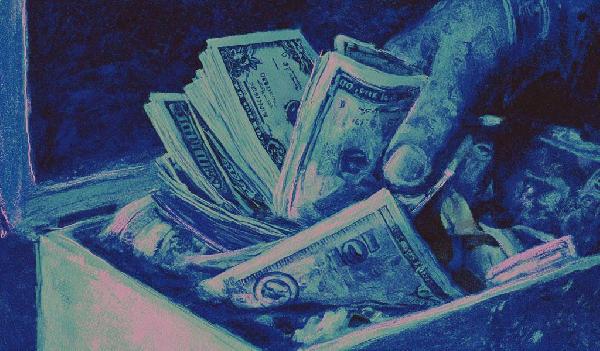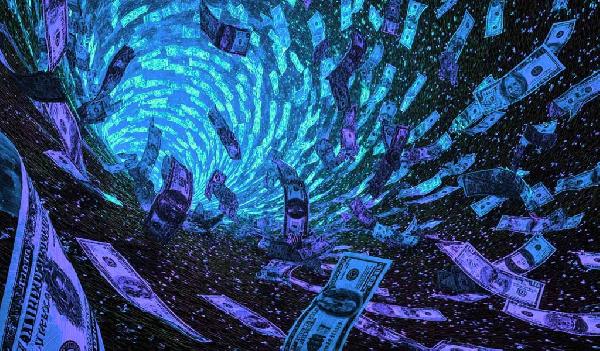The US dollar index (DXY) has suffered its steepest first-half decline in over half a century amid new all-time high levels for the country’s money supply.
The DXY witnessed a 10.8 drop in the first six months of 2025, the worst since its 14.8 decline in the first half of 1973, back when Richard Nixon was the country’s president, reports Bloomberg.
-->The dollar dumping comes as the US money supply has exploded to a new record high.
The latest data from the Federal Reserve Bank of St. Louis (FRED) shows that M2, which tracks the total amount of readily available money circulating in the US financial system, stood at $21.942 trillion as of May 2025, shattering its previous peak of $21.749 trillion recorded in April 2022.
 Source: FRED
Source: FREDAs the amount of money surges in the country, JPMorgan’s co-head of global FX strategy, Meera Chandan, says that the second half of the year will likely not be better for the American currency.
In a new episode of JPMorgan’s Making Sense podcast, Chandan expects the dollar to perform poorly against other major currencies in the coming months amid Europe’s improving fiscal outlook and America’s rising deficits and national debt.
“The outlook is still bearish across the board. I think it’s going to be very hard for us to move the needle here to change our view there. I mean to put specific targets, we’ve got the euro/dollar projected to $1.20 to $1.22, dollar/CNY (Chinese yuan) 7.10 CNY, dollar/yen 140 JPY.
So as you can tell, it’s still a pretty bearish view and a broad-based one at that, including for cyclical currencies such as the Aussie dollar, we’re looking for a $0.68. And the reason behind it is very much the same reasons why we turned bearish earlier in the year, which is that the US data is going to moderate, catch down to the rest of the world. You have obviously the European fiscal policy, which has turned more growth-supportive, which is helping fiscal policy outside of the US wherever possible, will turn more growth-supportive.
And finally you do have the US structural issues that one does have to assign some discount to, but overall, the view is unchanged and still squarely dollar bearish.”








